Tech Resume Writing: The Ultimate Cheat Sheet to Getting Hired in 2024
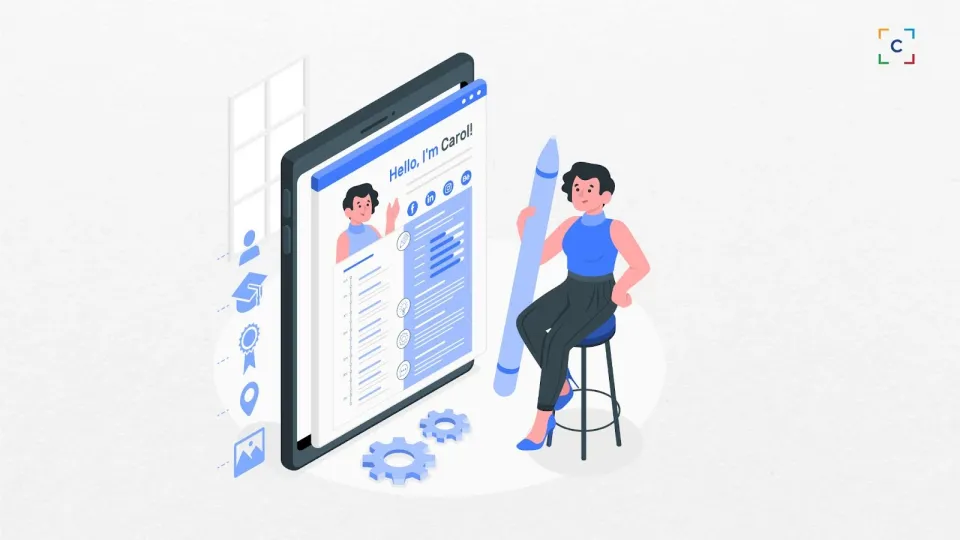
Do you find it challenging to catch the interviewer's attention with your resume? Especially when it's free with attractive words like highly motivated, critical thinker, and filled with just technical terms? Tech resume writing is a nightmare for many.
Well, it's not only you! Before understanding why tech resumes face many challenges, let's learn about some crucial insights.
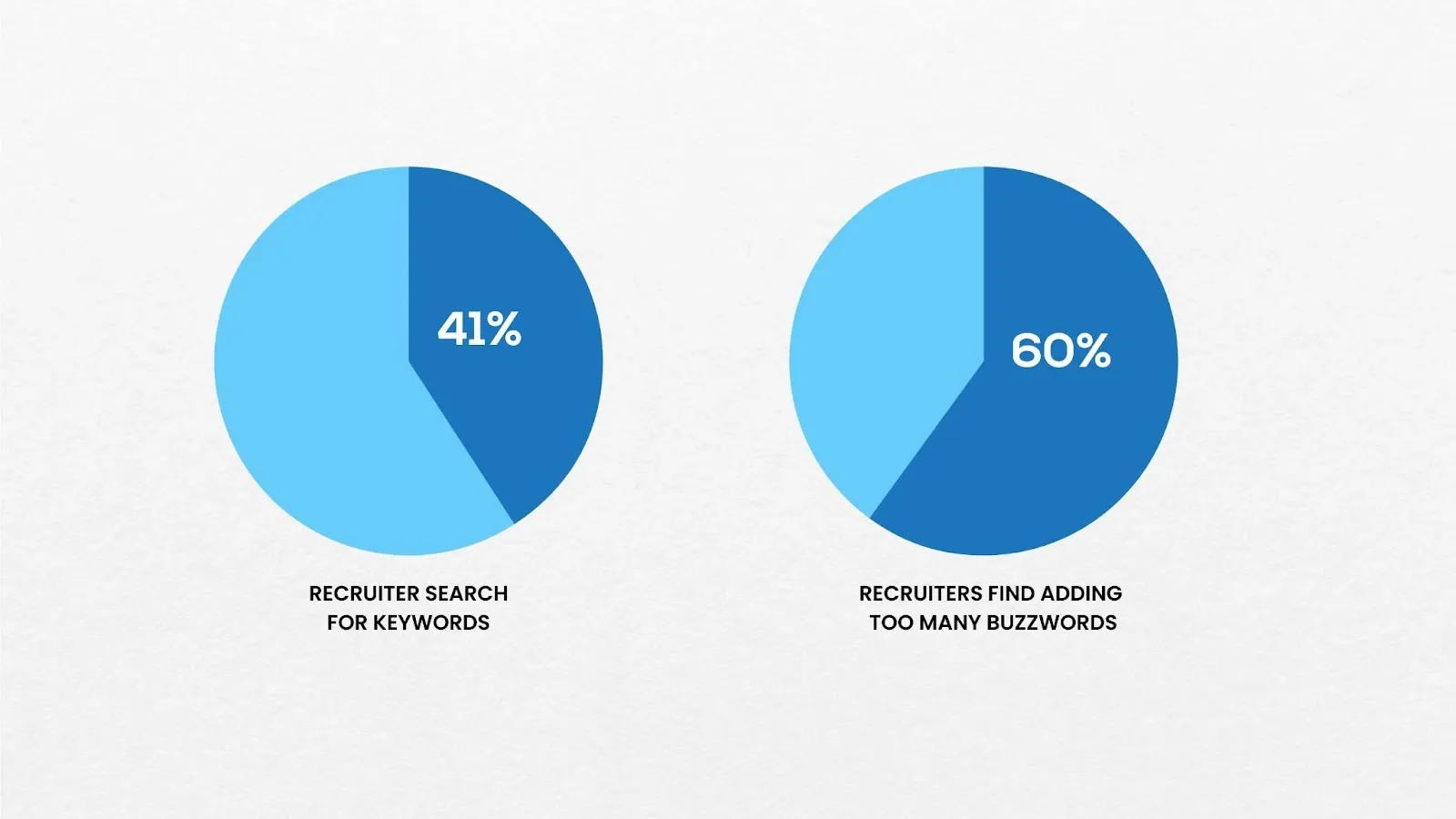
- Almost 41% of recruiters search for relevant skills on a resume before everything else.
- According to 60% of recruiters, candidates' biggest mistake is adding too many buzzwords.
Well, it sounds serious.
Based on these insights, job seekers neglect and repeat a few mistakes while writing resumes. Especially when it comes to tech resume writing, with such high completion in the recruiting industry, such errors can make finding a job more challenging.
A resume is a digital or faceless presentation of a candidate's ability, potential, and expertise. And no one wants to ruin the first best opportunity to achieve their dream job. Today's blog will discuss tech resume writing and how to write an effective one.
Let's get started!
Tech Resume Structure and Its Importance
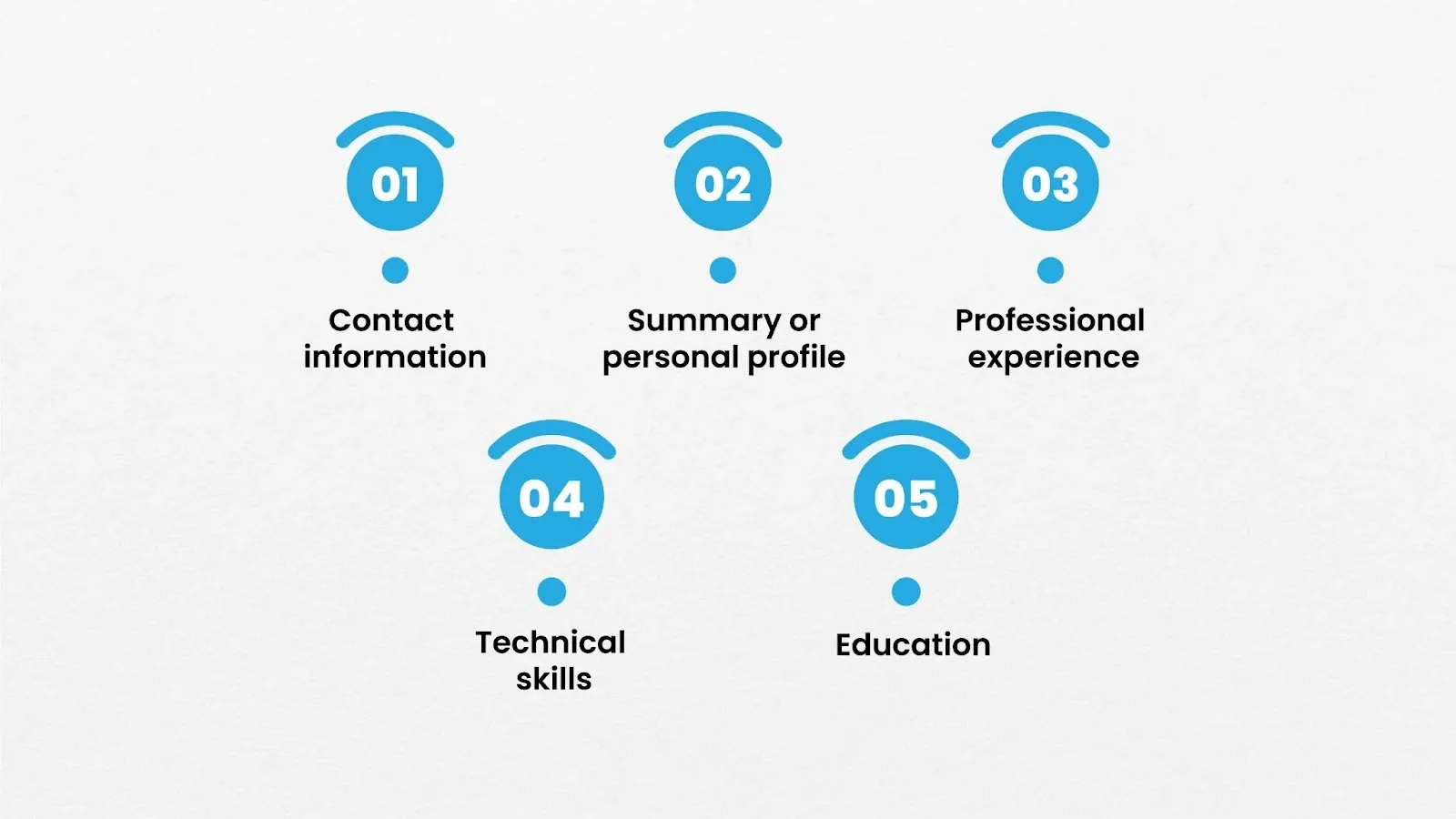
A powerful tech resume should be impressive by catching an interviewer's skill set and experience. There are certain elements that a recruiter will look into in a resume, but to achieve that impression, you must have more than tons of non-IT and IT skills and experience listed. It should be present so the interviewer is attracted to your resume at first glance.
For this, let's break down sections of a tech resume and understand each of its importance:
- Contact information: Let's start with basic contact information. Always write your full name. Some of us may have long names, and often, we write only first names to sound pleasing, but we never do that. Keeping your information concise, write only present contact details.
It is essential to follow these tips because, with present details, the interviewer can decide whether you are accessible or can afford to travel to the work location if selected or not. Also, writing full names saves you from similar-sounding names, which allows confusion among interviewers.
- Summary or personal profile: Even though it's a tech resume, you will still need more than two or three lines of summary to get the job. Keep it as concise as possible while mentioning the essential details, such as your vision or why you are looking for a particular industry.
Having a personal profile statement allows interviewers to understand your values and beliefs. And these are secondary yet essential things required at the workplace to maintain discipline. Also, people get attracted to unique characteristics of people.
- Professional experience: Here comes the critical section of my resume. While writing professional experience, mention positions in reverse chronological order. You may have experience in many areas but highlight and elaborate only on relevant experiences. Always use action verbs, like last year, when your contribution increased by 10% efficiency.
Professional experience will show your knowledge and abilities and reflect your career progression. So, it is essential to have a proper professional experience section. This will help you get a job and create a great impression after getting the job.
- Technical skills: Regarding tech resumes, one may have more than expected technical skills, so categorize each under domains like coding, languages, software, etc. And prioritize the skills relevant to the job position you are applying for.
Like professional experience, technical skills also represent the same importance before and after getting a job. One day, your colleague will ask, "Are you experienced in this skill?" That's interesting!
- Education: While mentioning your educational background, mention it in reverse chronological order, like professional experience. Highlight any activity or achievement during those days that may sound relevant to your current job role.
This will allow the interviewer to understand how keen you have been since school and college. And how much have you studied and worked for it?
If experienced, you may have more projects and other things to represent than a fresher. So here are some other sections, too:
- Projects: mention relevant projects and express your initiatives and what are their outcomes. Please mention them in numbers like you made 50% profit. Rather than focusing more on your responsibilities, focus on their outcomes.
- Accolades & Awards: mention awards you got in your previous workplace.
- Volunteer work: These may not be relevant to your application, but these stuff always show how much extra effort you put into other causes and reflect your values.
Technical Resume strategies for different Tech fields
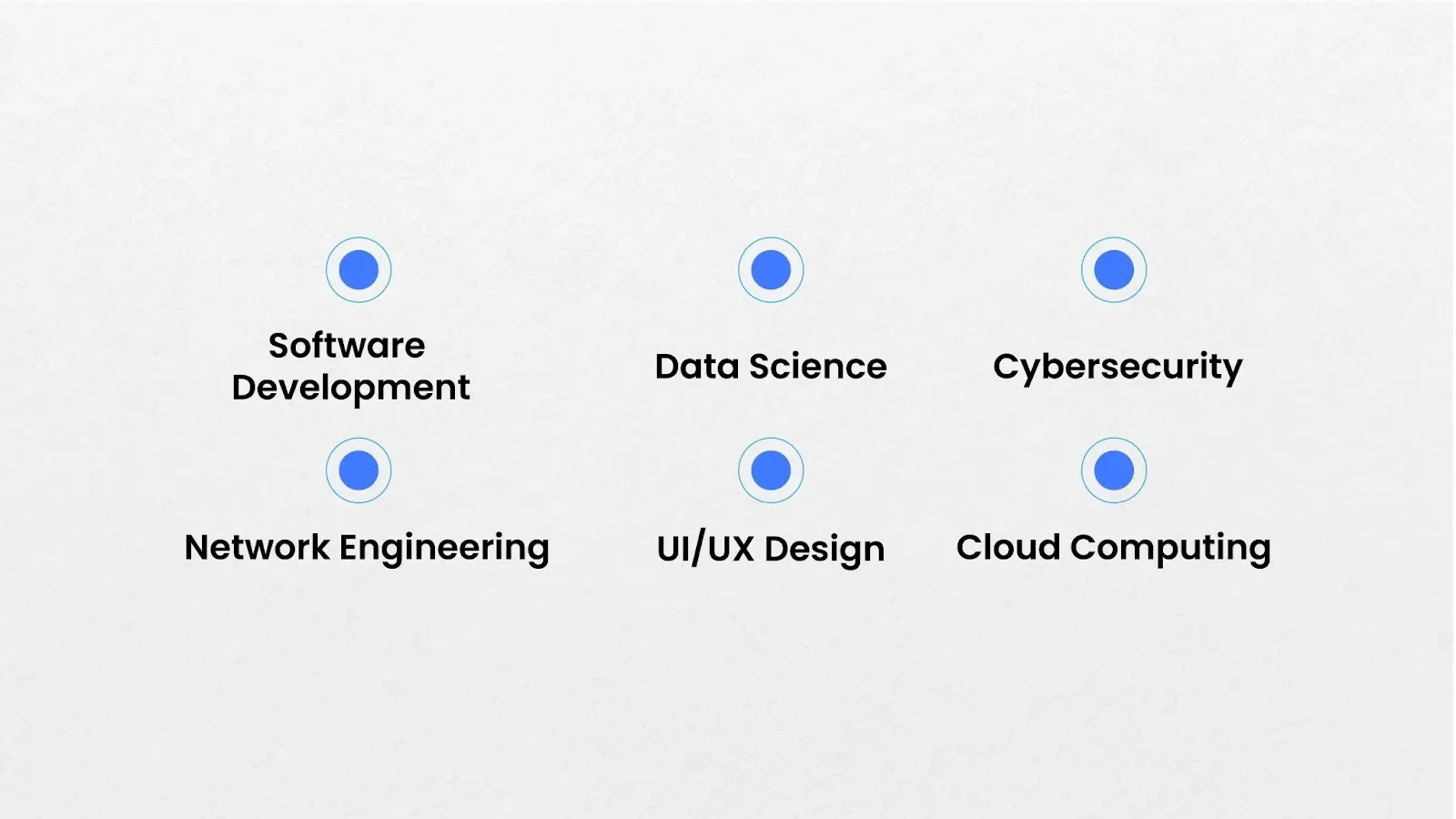
Different tech fields have different hiring requirements. So, if you are applying for different fields, you should tailor your resume whenever you apply for a job. So, let’s understand how to tailor tech resume writing.
Software Development:
One should remember the following points while writing tech resumes for software developers.
- Highlight Projects: Detail the coding projects, specifying the role, the technologies used, and the project's impact, should be highlighted.
- Technical Skills: List programming languages and software proficiency prominently.
- Contribution to open sources: Include links to platforms like GitHub if applicable.
- Problem-solving: Share the experience of solving critical problems or optimizing code.
Data Science:
Following are the points one should remember while tech resume writing for Data Science
- Quantitative Analysis: Emphasize your experience with statistical analysis and machine learning algorithms.
- Tools and Technologies: Highlight expertise in tools like Python, R, SQL, and data visualization software.
- Data Projects: Include specific examples of data projects, noting the data size, tools used, and insights derived.
Cybersecurity:
Following are the points one should remember while tech resume writing for cybersecurity
- Security certifications: List relatable certifications like CISM, CISSP, or CompTIA Security+
- Risk Assessment: Share experience related to risk management and threat assessment
- Technical understanding: Share your expertise in firewalls, intrusion detection systems, and other security tools.
Network Engineering:
Following are the points one should remember while tech resume writing for Network engineering
- Certifications: mention certifications like Cisco, Juniper, or other relevant network certifications.
- Network Solutions: Mention experiences in designing, implementing, or managing network solutions.
- Technical skills: Mention the specific hardware and software you have expertise in, such as routers, switches, and network monitoring tools.
UI/UX Design:
Following are the points one should remember while tech resume writing for a UI/UX Designer
- Portfolio link: Regarding design, your resume should include a link to an online portfolio representing your design work.
- Design tools: Showcase your experience with design tools such as Adobe Creative Suite, sketch, or Figma.
- User-centric design: Highlight projects where you have improved user experience or engagement.
- Artificial Intelligence/ Machine learning
- Algorithm Development: Discuss your experience with developing and tuning algorithms.
- Research and Development: Include any relevant academic or industrial research experience.
- Technical Stack: Be specific about your proficiency in AI/ML tools and languages like TensorFlow, PyTorch, or Python.
Cloud Computing:
Following are the points one should remember while tech resume writing for cloud computing
- Cloud Platforms: Specify your experience with AWS, Azure, or Google Cloud platforms.
- Migration Projects: If you have experience migrating systems or services to the cloud, detail these projects.
- Certifications: Include relevant cloud certifications.
Understanding ATS and how it works?

Understanding how Applicant Tracking System (ATS) software functions can be broken down into various stages of the hiring process:
- Initiating a Job Vacancy: The process starts when a company announces a job opening, outlining the necessary non-IT and IT skills and experience. The ATS software evaluates this announcement to comprehend the job's requirements and the key traits to seek in applicants.
- Candidate Application Process: As candidates apply for the job, usually via the company's online portal, the ATS captures their information. This integration allows the ATS to extract data from the submitted resumes.
- Resume Evaluation: The ATS systematically stores and scrutinizes each resume. It pinpoints and extracts pivotal keywords and pertinent information, setting the stage for the subsequent phases.
- Resume-Job Requirement Comparison: The ATS then contrasts the details from the resumes with the job requirements. This comparison helps determine each resume's relevance to the job.
- Candidate Scoring: Following the comparison, the ATS assigns a score to each resume. This score gauges how closely a candidate's qualifications match the job requirements.
- Selection of Top Candidates: Recruiters use the ATS to sort through candidates. They depend on the scores and information provided by the ATS and may conduct specific keyword searches to pinpoint the most promising candidates for further evaluation.
Common Tech Resume Mistakes to Avoid
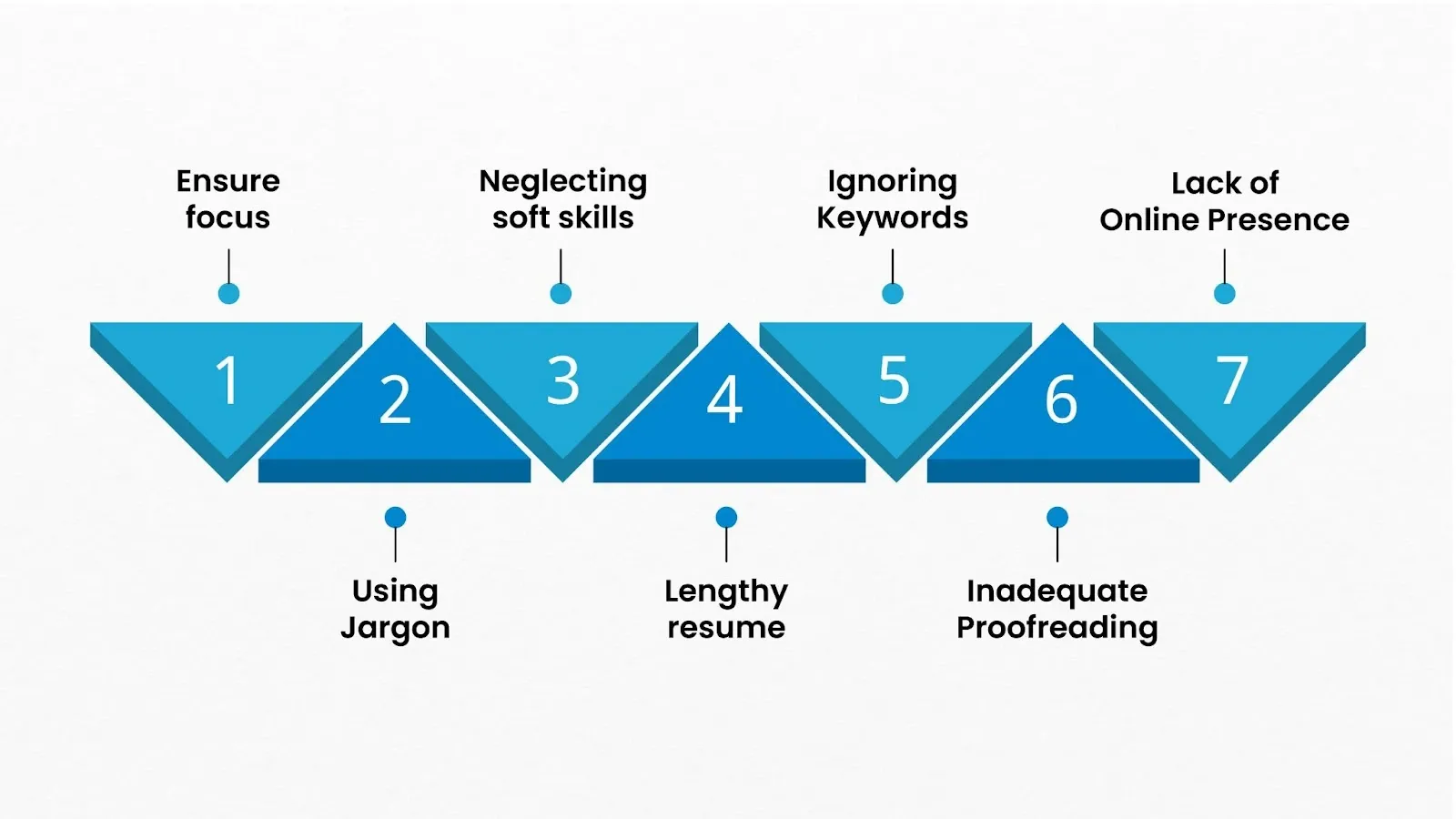
- Ensure focus: edit and tailor your resume wherever you apply for a new position. Highlight the relevant non-IT and IT skills and experience required for a particular role and industry.
- Using Jargon: Use clear and concise language to describe your technical achievements. Ensure that someone without a deep technical background can understand your accomplishments.
- Neglecting soft skills: Even though it's a tech resume, you should mention soft skills. Mention where you have effectively collaborated with teams and communicated technical concepts to non-technical stakeholders.
- Lengthy resume: Make sure your resume is concise. Every tech role should have at most one to two pages. For clarity and brevity, use bullet points.
- Ignoring Keywords: Tailor your resume for each application by including keywords and phrases from the job posting. This can improve your chances of passing automated applicant tracking systems (ATS).
- Inadequate Proofreading: Proofread your resume carefully and consider asking someone else to review it. Use online tools or professional resume services for extra help.
- Lack of Online Presence: Include a link to your LinkedIn profile, personal website, or portfolio, if applicable. Ensure that your online profiles are up-to-date and professional.
Despite going through many strategies and pro techniques, it's always advised to get some help from resume writing tools and software. They help enhance your tech resume by correcting errors and highlighting your non-IT and IT skills and experience.
Many such tools are available in the market, but you need one flexible tool to write your resume. Well, we have found one for you - getCREDIBLE
getCREDIBLE is an effective platform for writing your resume and building professional credibility by getting genuine feedback. With its innovative features, you can build a professional resume showing a glimpse of your non-IT and IT skills and experience at first glance.
Conclusion
Tech resumes are similar to nontechnical resumes, but they need different strategies to be followed for better reach. And one needs to establish their technical career in such a way that recruiters should understand their abilities and experience effectively.
Platforms like getCREDIBLE will help you to make your tech resume stand out among others.
Now, with getCREDIBLE, build an effective tech resume with the required professional credibility.
Sign up now.
